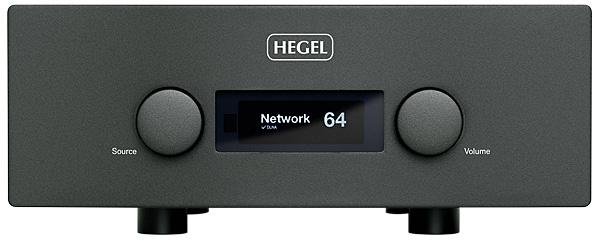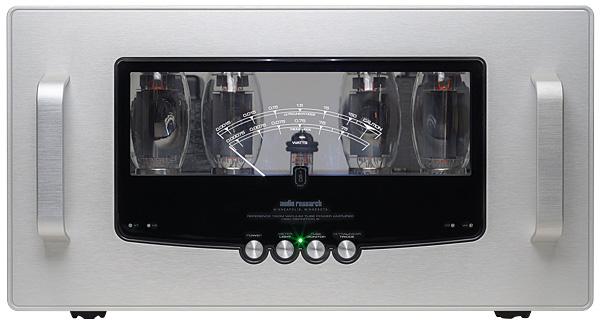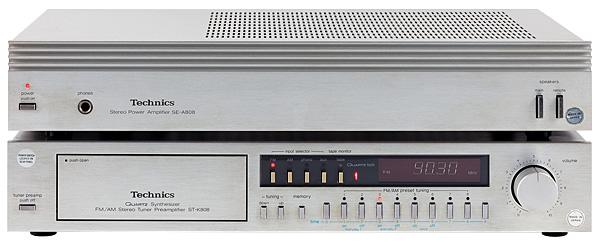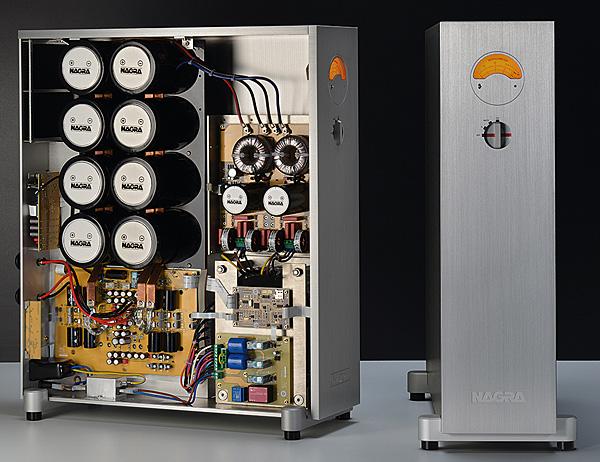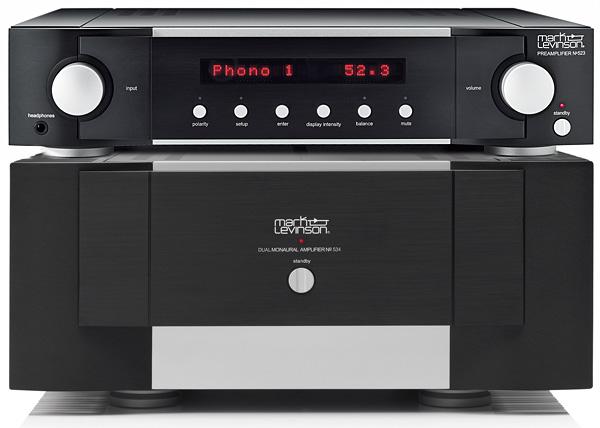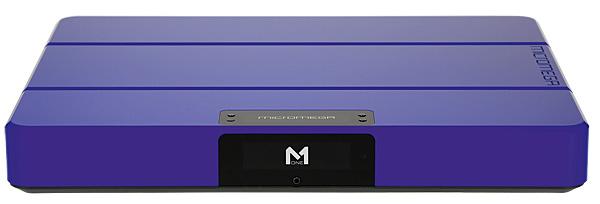|
Oct 01, 2018
|
Oct 01, 2018
|
Aug 01, 2018
|
Jun 01, 2018

 Designed to match its compact DACs, Benchmark’s all-analogue headphone amplifier employs the same THX ‘Achromatic’ tech debuted in its 100W AHB2 power amp
Designed to match its compact DACs, Benchmark’s all-analogue headphone amplifier employs the same THX ‘Achromatic’ tech debuted in its 100W AHB2 power amp
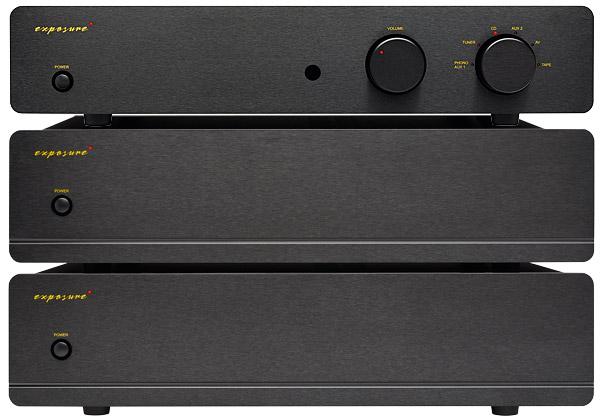
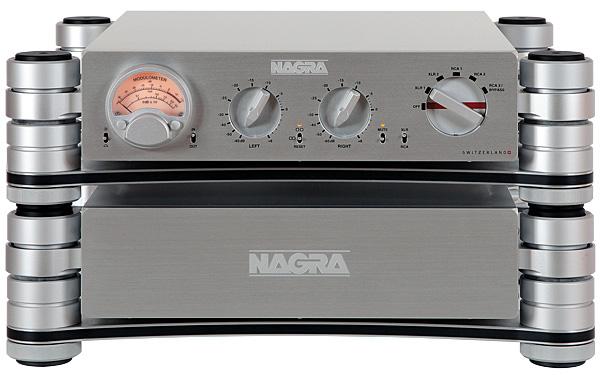

 Back in the '80s, several British 'cottage industry' companies made integrated amps for purist customers, but this is surely the most 'mysterious'. How will it sound today?
Back in the '80s, several British 'cottage industry' companies made integrated amps for purist customers, but this is surely the most 'mysterious'. How will it sound today?
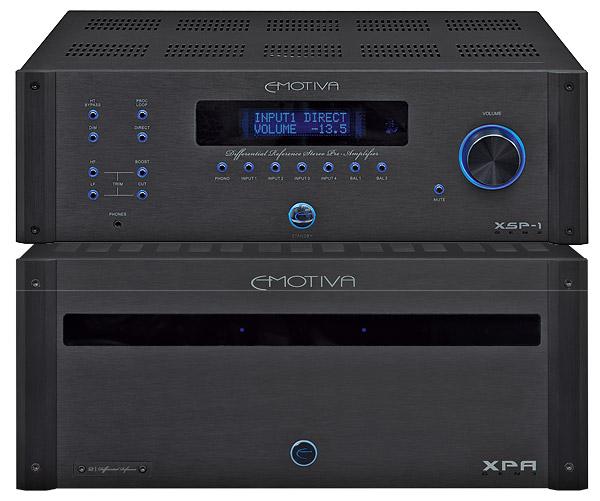

 This neatly packaged, sleekly-styled Scandinavian integrated offers DAC and streaming functionality, plus a very fine sound thanks to its proven Class D power amp modules
This neatly packaged, sleekly-styled Scandinavian integrated offers DAC and streaming functionality, plus a very fine sound thanks to its proven Class D power amp modules
